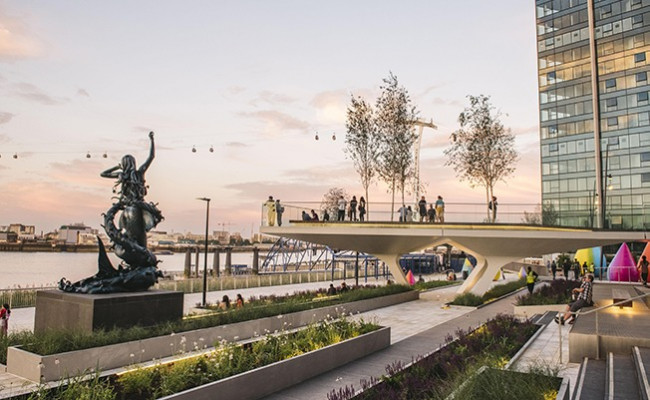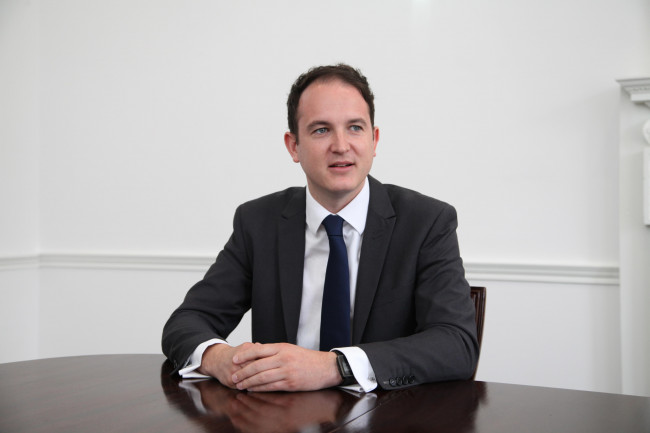
In 1994, author and entrepreneur John Elkington coined the phrase the “triple bottom line”. With it he introduced the “3Ps”: people, planet, profit. His vision was that in future, organisations would measure success not solely by profit, but also by reference to the positive or negative effects organisations had on society more broadly.
Over the following decades, the shift away from the supremacy of shareholder value towards stakeholder value has become a defining trend in management thinking and is exemplified in projects like the 150-acre, £8.4bn Knight Dragon Greenwich Peninsula regeneration project in Southeast London.
Forsters LLP has advised on the project from the outset, engaging with a broad group of stakeholders on a vision that prioritises people and planet, but achieves these aspirations through attractive investment opportunities.
The project is among Europe’s largest regeneration schemes, comprising 17,487 new homes, 75,000 sq. ft. of offices, 23,000 sq. ft. of retail and restaurants, and 42,000 sq. ft. of education facilities, serving five new neighbourhoods.
People
Twelve years prior, the Greenwich Peninsula was an industrial wasteland. What has followed is a model of urban transformation in which the economic, social, educational and welfare needs of residents have guided the planning, design, and build. The project is expected to provide 12,000 new jobs and includes three new primary schools (one already provided), a healthcare centre and sports facilities. Among innovative features of the development has been a community fund – calculated on a per-household basis - to which developers contribute as construction begins on different phases. Its purpose is to maximise the social value and community investment and supplements the work of Greenwich Local Labour and Business (GLLaB).
Planet
De-carbonisation has been a dominant theme in the project, which includes sophisticated offset mechanisms, and developer contributions to borough-wide council funds. Each building must not only comply with the UK’s forward-looking building regulations, but also meet ambitious green targets specific to the project. In the event of failure to meet requirements, remedies include re-work or enhanced financial contributions to carbon offsets. Other initiatives include a centralised energy centre providing hot water and heating across the entire site, with the goal of helping decarbonisation.
Profit
The economics of the project, especially job opportunities for residents, have been a high priority. Interests have been carefully balanced between profit maximisation and the need to make this landmark development open and accessible. Most obviously this manifests itself in balancing provision of ‘affordable’ homes with homes at the higher end of the market. By working with stakeholders, it has been agreed that housing developer L&Q Group will deliver a minimum of 60% Affordable Housing (AH) in Brickfields and a minimum of 28% AH will be delivered across the Peninsula as a whole.
Balancing the ever-evolving interests of such diverse stakeholder groups is a phenomenal challenge, but central to achieving the ambitious vision of this project. Its successful completion will transform an over-looked site on the Thames and uplift the lives of resident individuals and communities alike. I’m sure John Elkington would approve.

